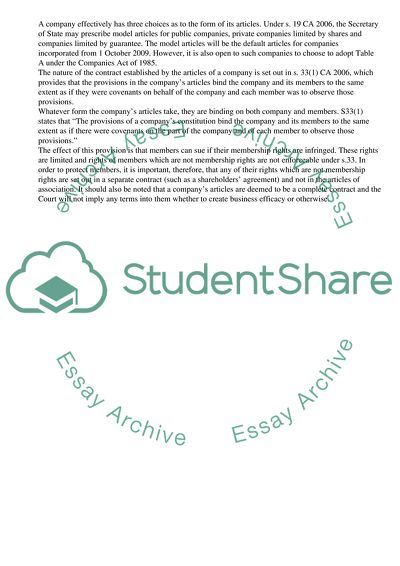Cite this document
(A Companys Articles of Association Dissertation - 2, n.d.)
A Companys Articles of Association Dissertation - 2. Retrieved from https://studentshare.org/business/1730422-company-law
A Companys Articles of Association Dissertation - 2. Retrieved from https://studentshare.org/business/1730422-company-law
(A Companys Articles of Association Dissertation - 2)
A Companys Articles of Association Dissertation - 2. https://studentshare.org/business/1730422-company-law.
A Companys Articles of Association Dissertation - 2. https://studentshare.org/business/1730422-company-law.
“A Companys Articles of Association Dissertation - 2”, n.d. https://studentshare.org/business/1730422-company-law.


